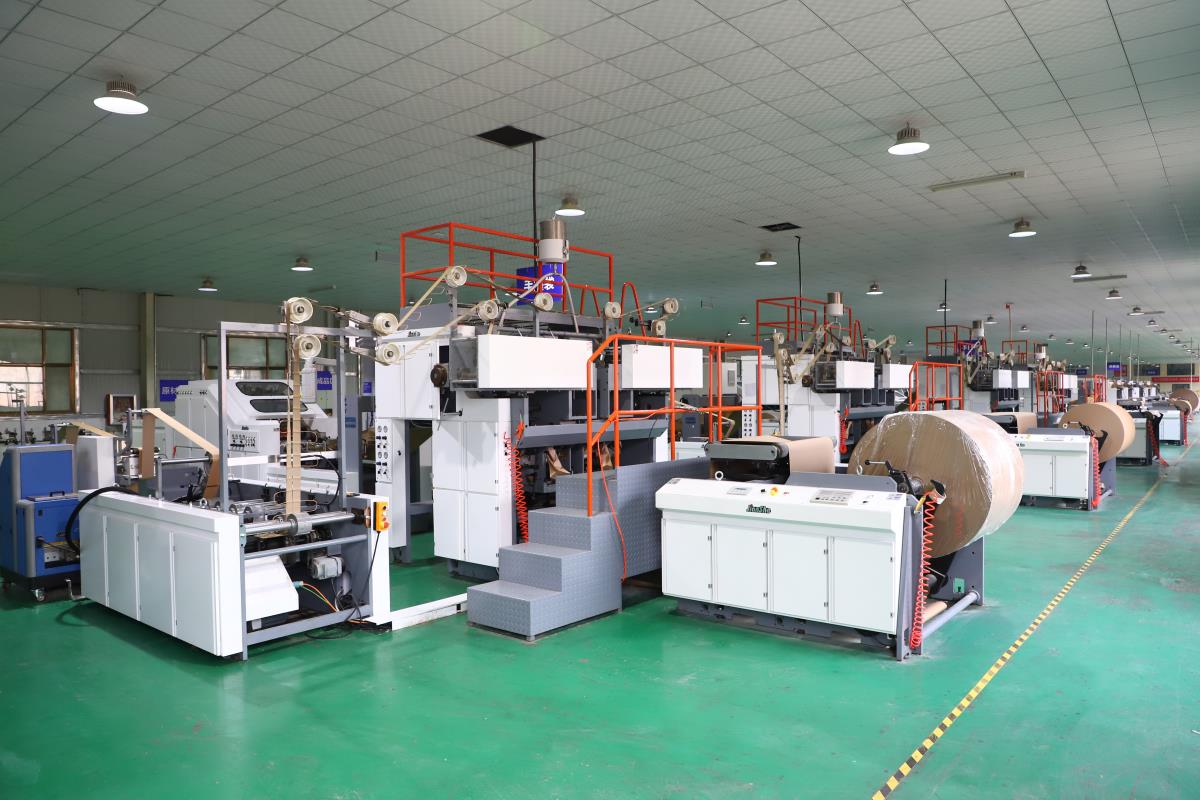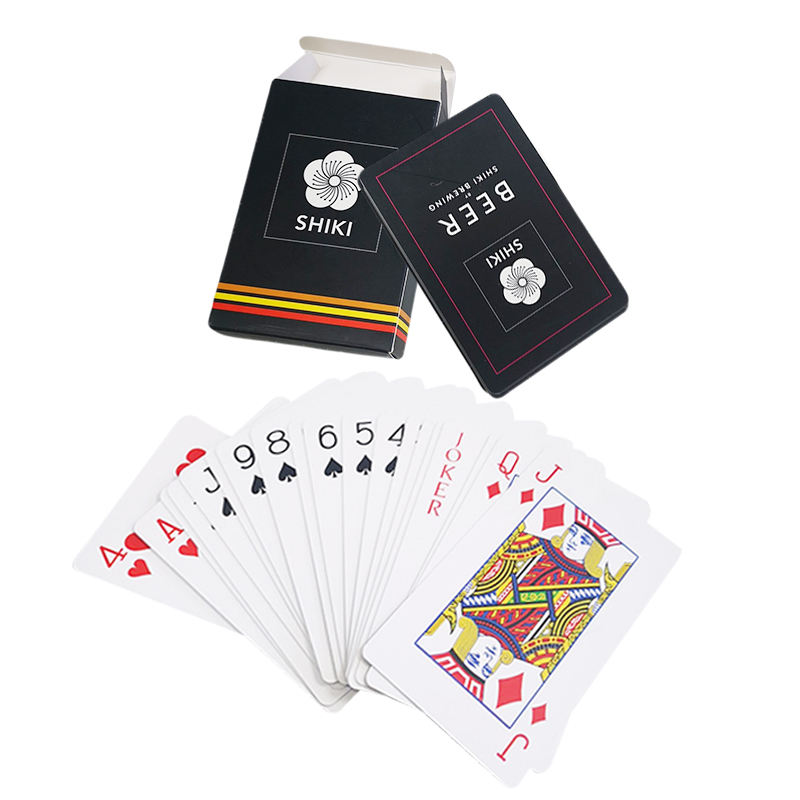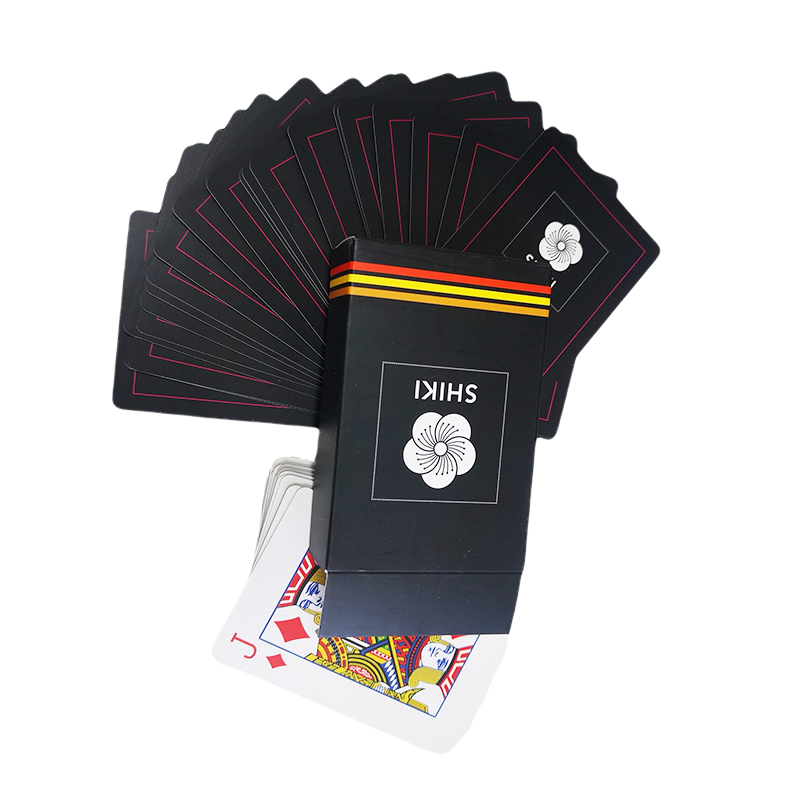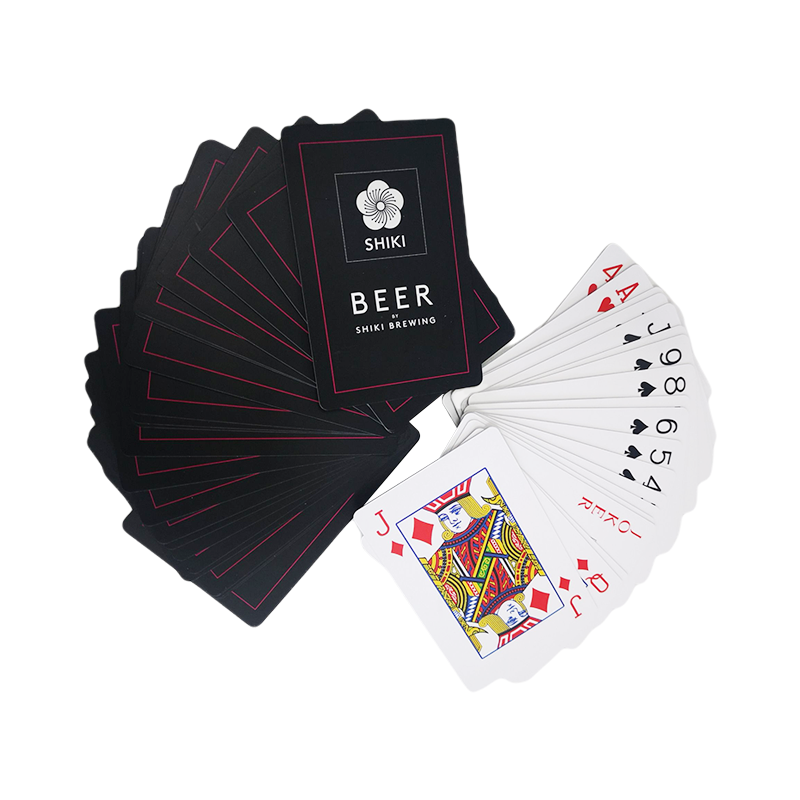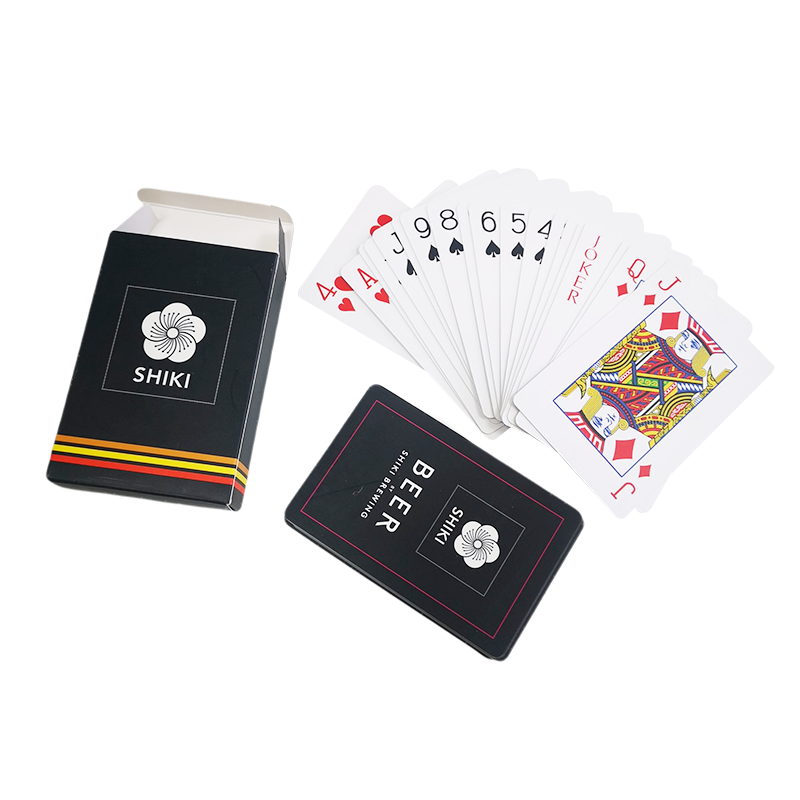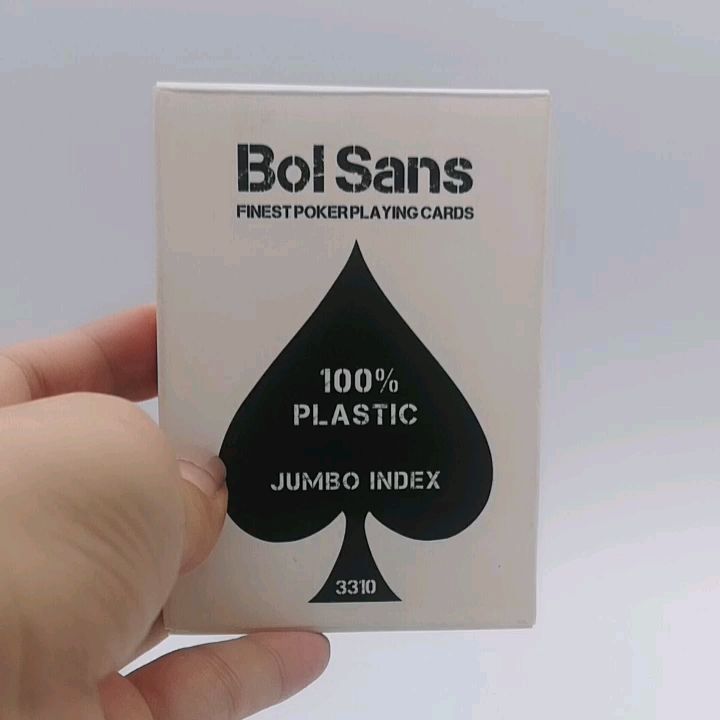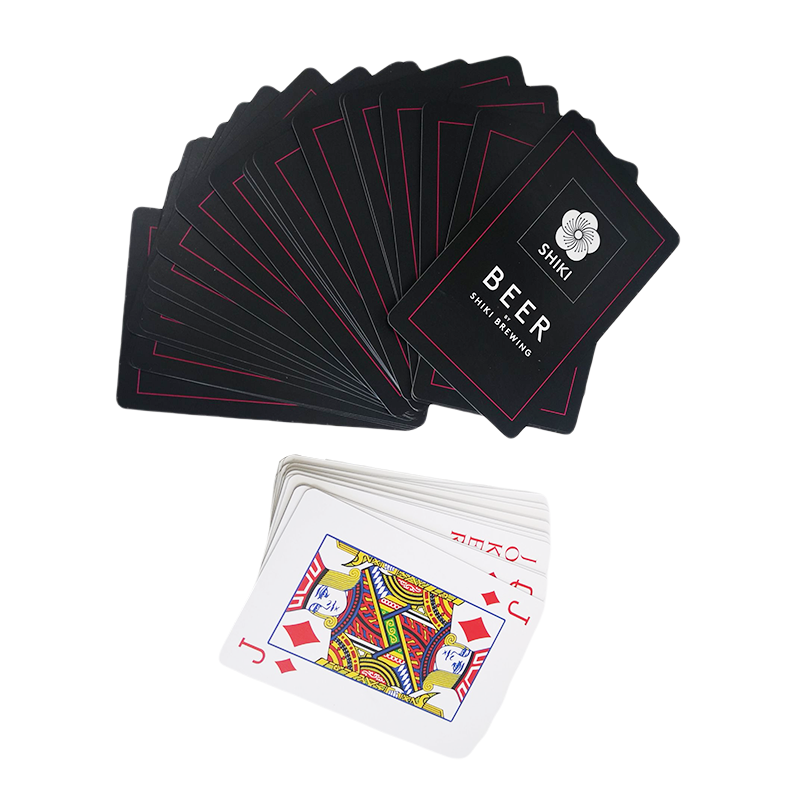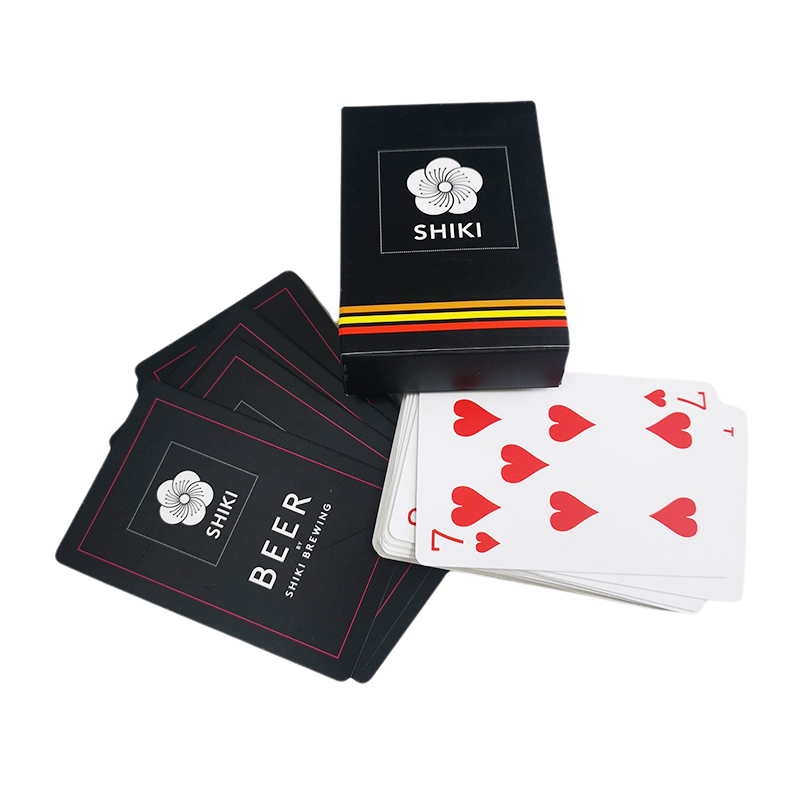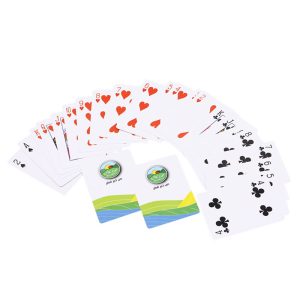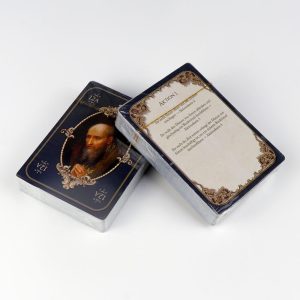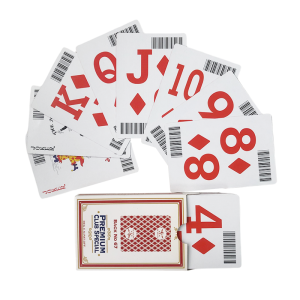Printing playing cards is a specialized process that involves printing unique designs onto playing cards for use in various games and entertainment activities. This process involves a variety of techniques, materials, and printing methods, and has evolved over the years to include advanced technologies and materials.
History of Printing Playing Cards
The history of printing playing cards can be traced back to the early days of playing card production in China. The first playing cards were created during the Tang dynasty (618-907 AD) using woodblock printing techniques. The cards featured traditional Chinese symbols and were used for various games and entertainment activities.
The printing of playing cards spread to Europe during the 15th century, where cards were produced using woodblock and copperplate engraving techniques. The designs on these early cards were typically hand-painted and included various symbols and images that represented the suits, such as cups, swords, coins, and clubs.
During the 16th and 17th centuries, playing card production expanded throughout Europe and new printing techniques were developed, including etching and lithography. These methods allowed for more detailed and intricate designs to be printed onto the cards.
In the 19th and 20th centuries, advancements in printing technology and materials allowed for the mass production of playing cards using offset printing techniques. This method enabled the printing of high-quality, full-color designs onto playing cards and made them more accessible to the general public.
Materials Used in Printing Playing Cards
The materials used in printing playing cards have evolved over time, with advancements in technology and materials science allowing for the development of more durable and high-quality card stocks.
The most commonly used material for playing cards is paper. Playing card paper is a specialized type of paper that is designed to be durable, flexible, and resistant to wear and tear. It is typically made from a blend of wood pulp and cotton or linen fibers, which gives it a smooth and consistent texture.
In addition to paper, playing cards can also be printed on plastic or PVC materials. These cards are more durable than paper cards and are often used for outdoor activities, as well as for games that involve liquids or other substances that could damage paper cards.
Printing Techniques for Playing Cards
There are several different printing techniques that can be used to print designs onto playing cards. The most common methods include:
- Offset Printing
Offset printing is the most commonly used method for printing playing cards. This process involves printing the design onto a metal plate, which is then transferred onto a rubber blanket and then onto the card stock. Offset printing allows for high-quality, full-color designs to be printed onto the cards and is ideal for large production runs.
- Digital Printing
Digital printing is a newer printing technique that uses digital technology to print designs directly onto the card stock. This method allows for more precise and detailed designs to be printed onto the cards and is ideal for smaller production runs.
- Letterpress Printing
Letterpress printing is a traditional printing technique that involves pressing the design into the card stock using a raised printing plate. This method creates a textured and embossed effect on the card and is ideal for creating unique and high-quality designs.
- Foil Stamping
Foil stamping is a printing technique that involves applying a thin layer of foil onto the card using heat and pressure. This method allows for metallic or holographic designs to be printed onto the cards and is ideal for creating eye-catching and luxurious designs.
